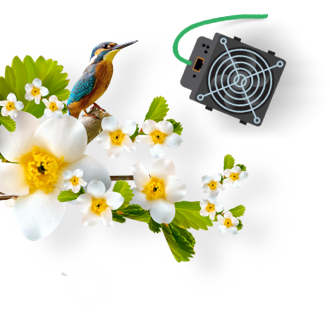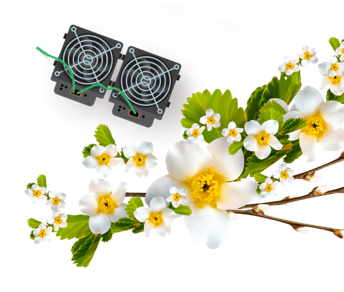Blockchain is an innovation that’s proving to be one of the most exciting developments since the creation of the Internet itself. That’s because it allows people to exchange value between each other without needing any kind of middleman to handle it.
The most popular and most well-known blockchain offshoot is Bitcoin. It’s a digital currency that can be used to buy goods and services or else people can simply hold it as an investment, but the key to it is that it’s entirely decentralized.
The Bitcoin Blockchain
Bitcoin was one of a new breed of currencies that offer ordinary web users the chance to exchange value no matter where they are in the world. The idea with it is that transactions between individuals are protected by encryption and a record of each one is stored in a way that can’t be tampered with by anyone at a later date. It’s a bit like having a banknote that knows it was spent.
The initials BTC our used to denote a unit of the Bitcoin blockchain currency. As with ordinary fiat currencies, it has no intrinsic value in itself. It’s worth is bestowed upon it by the willingness of individuals who consent to exchange it for products and services. But unlike ordinary currencies, it’s not backed by any centralized agency or government.
To keep track of how much Bitcoin is in circulation, the blockchain keeps a record, in the form of a sophisticated document that every Bitcoin exchanges.
It’s a ledger file that isn't kept in central servers, like a bank, or in a single data center. Instead, it’s dispersed around the world using a system of private computers that all store information and perform the necessary calculations to make it work. Each one of these computers talks to a "hub" in the blockchain network and keeps its own copy of the ledger.
This approach has some interesting implications. With the traditional banking system, we only know the balances of our own accounts, but the blockchain network makes all of the details available to everybody all the time. This means that it’s impossible to falsify transaction information.
In order to execute payments on the blockchain, an individual must have a wallet, which is a computer program that lets them store and exchange Bitcoins. Every wallet is made secure using cryptography, using one public and one private key which are connected to each other.
It’s an amazing system that has already revolutionized the world of currencies, and it looks set to continue in that vein for a long time to come.


